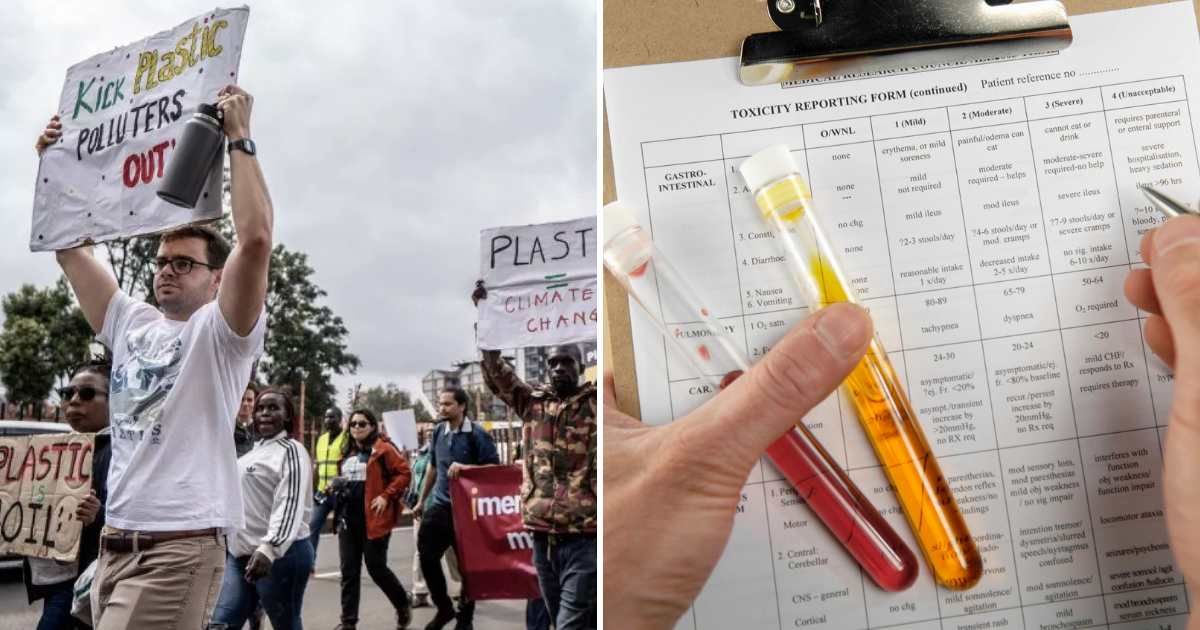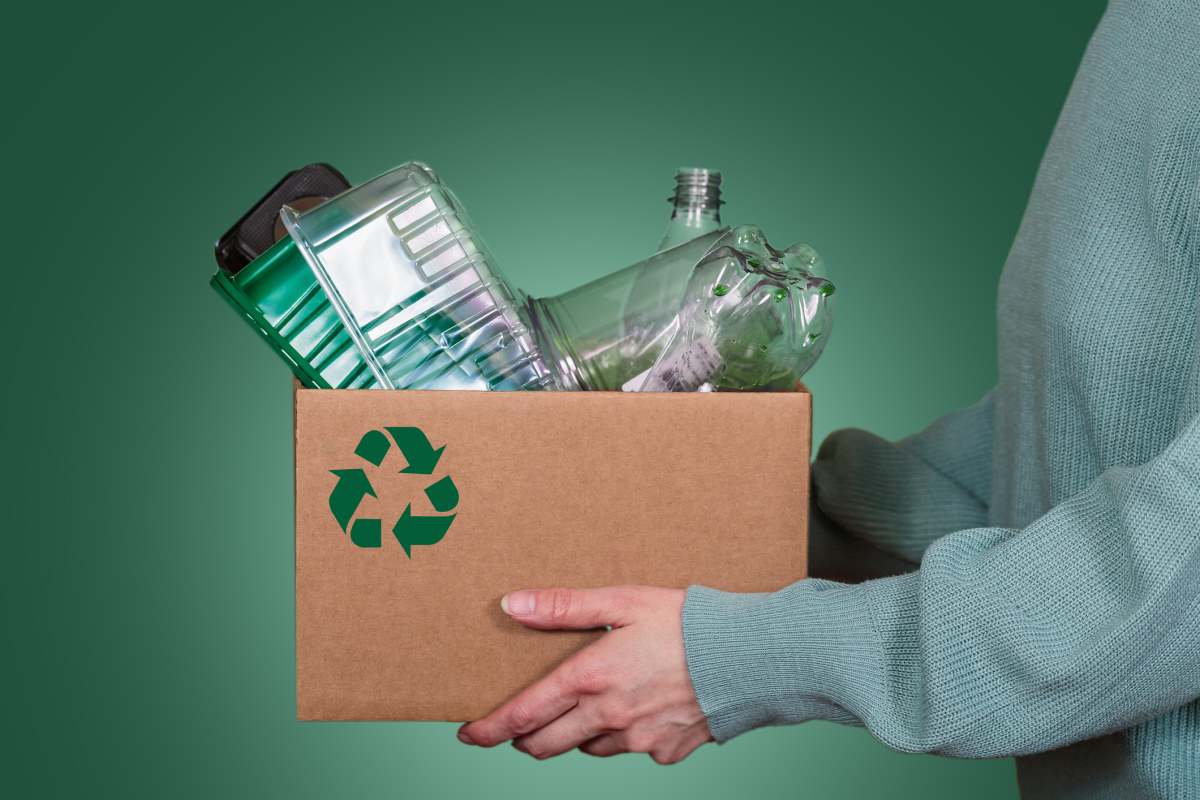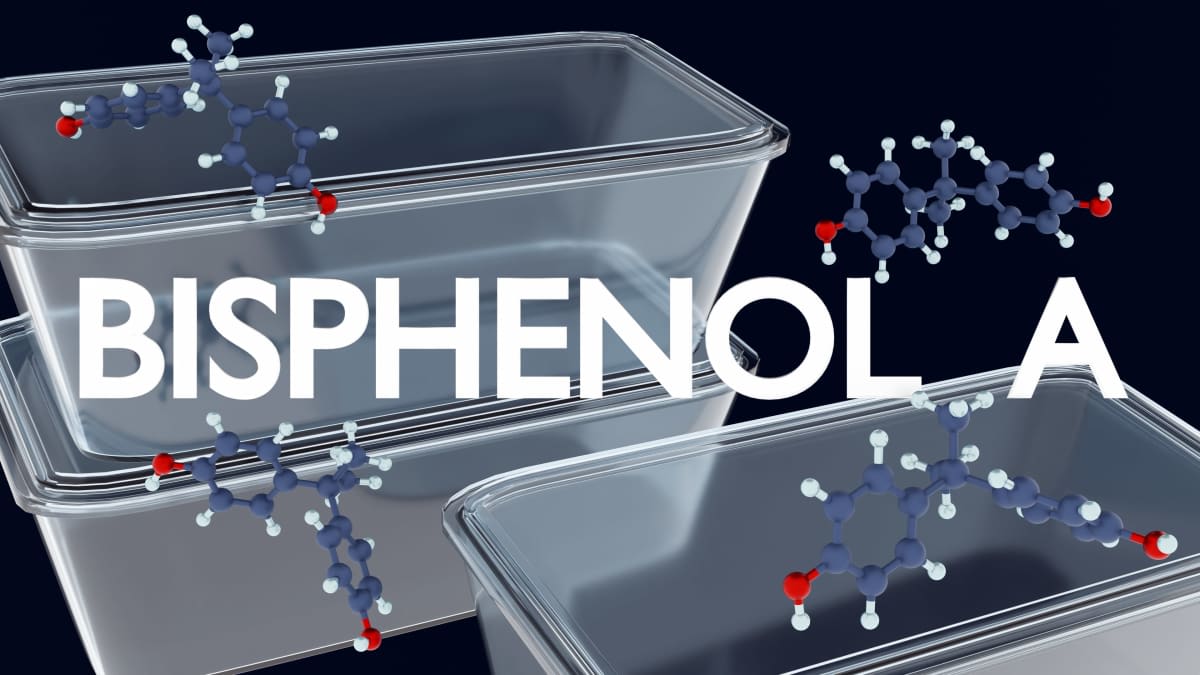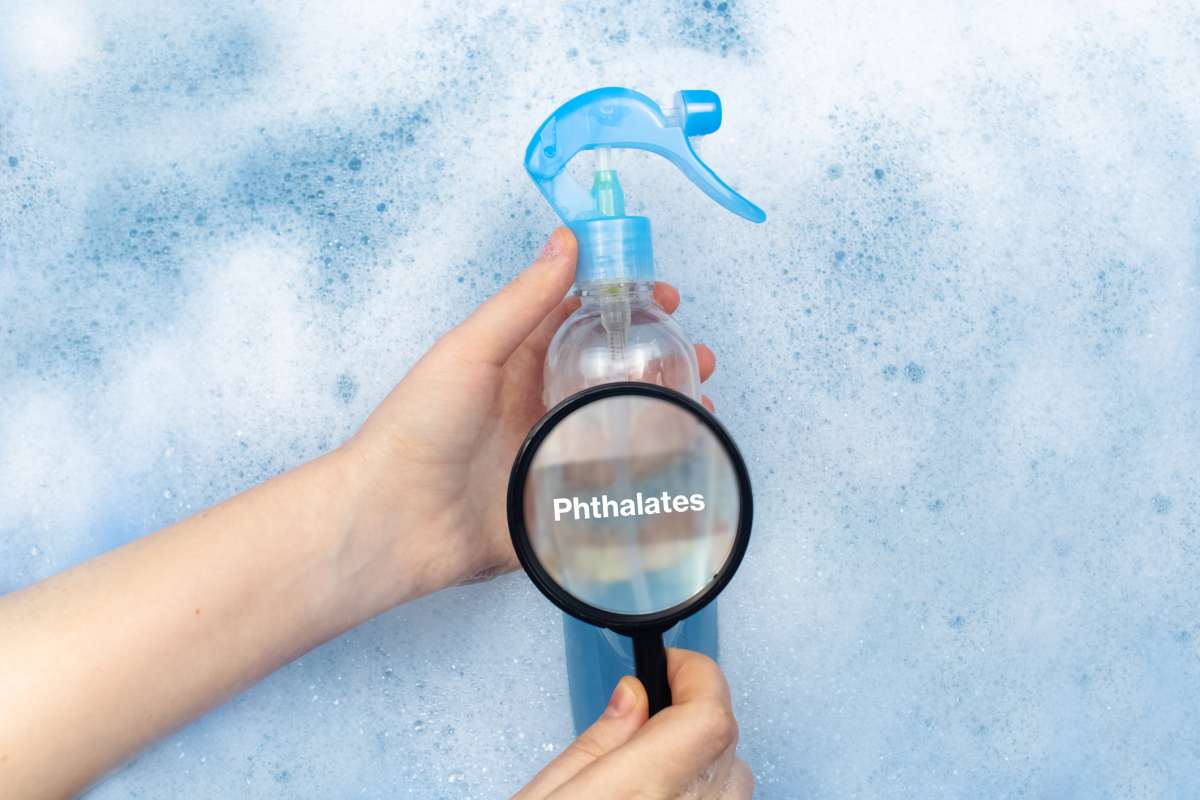Gen-Z Man Who Leads an Eco-Friendly Lifestyle Tested His Blood for Plastics — then The Results Came

Plastic particles are everywhere. Just inside the limited space of your house, it lurks in a thousand different forms. Step inside your bathroom. It is lurching around in those soap dishes and shampoo bottles. In the kitchen, too, it is skulking jars, air-tight containers, and snack bags. Not to mention that it has even invaded the mascara tubes and lipsticks on your dressing table. Turns out, even the ones fighting against plastic couldn't escape it. Aidan Charron, a resident of Washington, D.C, who works on restraining plastic consumption, was jolted into a brutal shock when he realized that there was an unthinkable amount of plastic coursing through his bloodstream, according to a report by Newsweek.

At first glance, discovering plastic in human blood might not look like a big deal. According to a study published in the Journal of the Endocrine Society, plastic consumes more than $250 billion of the healthcare costs in the United States alone. Scientists have even discovered microplastics bioaccumulating in human organs, including the brain, lungs, liver, kidneys, heart, and gastrointestinal tract. Mammoth traces of plastics have also been seized from human placentas and breast milk, as researchers write in the Science of the Total Environment journal.
Seeing all this, Charron’s case is entirely unsurprising, except for the fact that he is involved in reducing the plastic footprint on the environment. Charron, a Gen Z, is the Associate Director at Global EarthDay.org, a nonprofit organization that mobilizes people worldwide to protect the planet. Despite making scores of little changes in his lifestyle to reduce plastic usage, it came as a shock to Charron that his body was being riddled with plastic particles. "I was extremely shocked," Charron told Newsweek, in an exclusive interview, adding: "I thought my levels would be lower than the general public because I know so much about it already and was taking precautions, but unfortunately that was not the case with bisphenols, especially."
You are what you eat" just got scarier. ⚠️ Even BPA-free plastics can leach harmful chemicals. #GenZ Man Aidan Charron of https://t.co/Nov6Os85hm was shocked by his own test results. 60% plastic reduction by 2040 is crucial. ➡️ https://t.co/CZrpzxkfA3 #PlasticFree #HealthRisks pic.twitter.com/mqB91bkWRt
— EARTHDAY.ORG (@EarthDay) January 15, 2025
BPA, a.k.a. bisphenol, as Charron mentioned, is an “industrial chemical that has been used to make certain plastics and resins since the 1950s,” according to an explanation by the Mayo Clinic. BPA is found in polycarbonate plastics such as the ones lingering in the container of sizzling noodles you ordered last weekend. Another major source of BPA is epoxy resins, a substance you’ll find in the ingredient list of items like adhesives, electronics, garage floors, tabletops, and glossy jewelry. BPAs can seep anywhere and everywhere, triggering a barrage of deadly diseases.

The BPA levels mentioned in Charron’s test reports were 89 percent higher than those of most participants. Of the 1,768 urine samples tested, almost 95 percent had levels under 4.54 micrograms. However, to his relief, the phthalate exposure was relatively lower than most participants. Phthalates, according to WebMD, are the materials that make plastics soft and flexible. Ami Zota, an expert, revealed that nearly all Americans have phthalate byproducts in their urine.

Phthalates, these noxious chemicals, are creeping into everything from your nail polish bottle to your detergent pack and even in fast foods like ice-creams and burritos. Once oozed inside a person’s bloodstream, these chemicals can prompt a series of horrible conditions, including but not limited to asthma, cardiovascular problems, lower sperm concentration, early puberty, cognitive disorders, and even premature death. In this test, Charron’s phthalate levels were found to be 23.6 micrograms, indicating that his exposure was lower than 77 percent of the study’s participants.
Upon much analysis, he attributed these shocking reports to his reusable water bottles. Charron’s case demonstrates that behind the surface appearance of your everyday essentials, a whole new reality might be lurking in the form of these sinister plastic particles, eating up your health without being visible to your naked eye.
More on Green Matters
Experts Put Dozens of Trackers in Plastic Bags Meant to Be Recycled And Noticed How Many Made It
Researchers Reveal Easy Way to Remove Microplastics From Drinking Water — It Takes Just a Minute
Sweet Border Collie Helps Its Owners Tidy Up the Streets by Picking up Over 1,000 Plastic Bottles